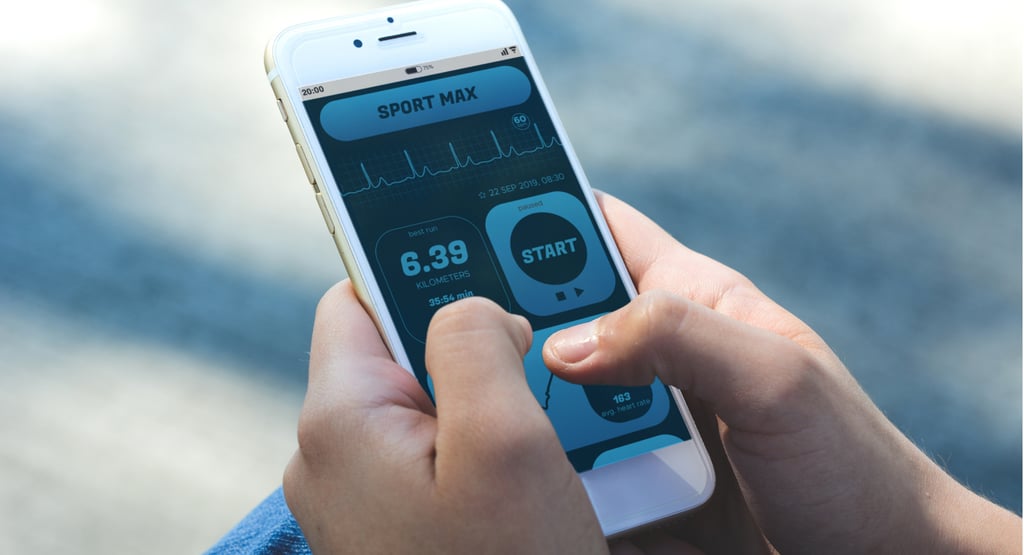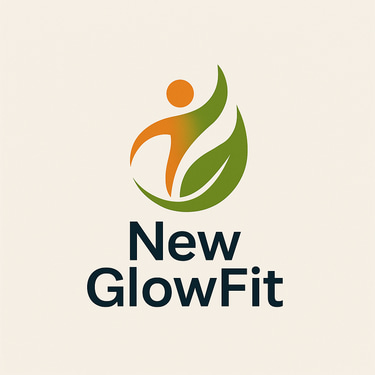How technology can improve your health and well-being
Discover how apps, wearables, and telemedicine can enhance your health and wellness. Practical, safe tips to make technology work for you.
8/11/20253 min read


Technology has become part of nearly every aspect of modern life — and its impact goes far beyond work or communication. Today, it’s a powerful ally in improving physical and mental health. From tracking apps to wearable devices, there are accessible, effective tools that help prevent disease, encourage healthier habits, and simplify medical monitoring.
In this article, you’ll learn how to use technology to live better — with practical tips, real-world examples, and essential precautions to enjoy all the benefits safely.
1. Technology as a health ally: a revolution in your pocket
Not long ago, taking care of your health meant regular in-person doctor visits and lab tests. Now, with just a smartphone, you can monitor your heart rate, track your sleep, manage your diet, and even consult doctors remotely.
Key innovations driving better health:
Health and fitness apps
Smartwatches and fitness trackers
Telemedicine and online consultations
Meditation and relaxation platforms
Smart home monitoring devices (blood pressure cuffs, connected oximeters, etc.)
These tools make self-care easier, more accessible, and more consistent — encouraging healthier habits every day.
2. Health and fitness apps: your eprsonal coach on the go
Health apps are among the most popular digital tools for improving quality of life. They help users set routines, track progress, and stay motivated.
Common app features:
Step and calorie tracking
Personalized workout plans
Water and food intake monitoring
Stretch or break reminders during work hours
Health metrics like weight and BMI
Popular examples: MyFitnessPal, Nike Training Club, Google Fit, Samsung Health.
Tip: Choose apps that sync with wearables for more accurate, real-time monitoring.
3. Wearables: continuous and personalized monitoring
Wearable devices — like smartwatches and fitness bands — have transformed personal health tracking. They record data 24/7, helping identify patterns and prevent potential issues.
What they can track:
Heart rate
Sleep quality and duration
Blood oxygen levels (SpO₂)
Stress and heart rate variability
Daily calorie expenditure
With this information, you can fine-tune your workouts, rest better, and even detect early signs of fatigue or overtraining.
Bonus: Many devices include inactivity alerts, encouraging you to move regularly.
4. Telemedicine: doctor visits without leaving home
Telemedicine has become one of the most convenient and secure ways to access healthcare. You can talk to doctors, receive diagnoses, and even prescriptions — all without going to a clinic.
Main benefits:
Fast access to specialists
Time and travel savings
Care for people in remote areas
Comfort for patients with mobility issues
Important: Always use regulated telemedicine platforms with licensed professionals to ensure safety and quality care.
5. Meditation and mental wellness platforms
Technology isn’t just for physical health — it can also strengthen your mind. Meditation and mindfulness apps help reduce stress, improve focus, and promote better sleep.
Most common features:
Guided meditations of various lengths
Relaxing sounds and focus music
Breathing and mindfulness exercises
Programs tailored to anxiety, stress, or insomnia
Popular apps: Calm, Headspace, Insight Timer.
Tip: Start small — 5 to 10 minutes a day — and increase gradually as you form the habit.
6. Smart health devices for home monitoring
Beyond wearables, smart home devices make it easier to track key health metrics — especially for those managing chronic conditions.
Useful examples:
Bluetooth-enabled blood pressure monitors
Digital oximeters to measure oxygen saturation
Smart scales that track body composition
High-precision digital thermometers
These devices can sync data directly to your smartphone or share results with your doctor, improving follow-up and diagnosis accuracy.
7. Using technology wisely: balance and boundaries
Despite all the benefits, balance is key. Too much data or overreliance on devices can cause anxiety or misinterpretation.
Safe, mindful tech habits:
Don’t replace medical consultations with app advice.
Choose reliable, certified devices.
Keep apps and firmware updated.
Protect your health data with strong passwords and privacy settings.
Remember: technology is a support tool — not a substitute for professional care.
8. Getting started: small steps toward a healthier routine
If you’re new to using technology for health, start simple:
Set a goal — lose weight, sleep better, or manage blood pressure.
Download a trusted app suited to that goal.
Consider a wearable for more precise, real-time tracking.
Use telemedicine for checkups or quick consultations.
Sync healthy habits with app reminders and notifications.
Health and technology: working hand in hand
When used wisely, technology can transform your relationship with health. It helps you build habits, detect risks, and make medical care more practical and personalized.
Start small, explore new tools, and experience how innovation can help you live a healthier, more balanced life — one tap at a time.
Ready to begin? Search for a trusted health app in your app store, try it for a week, and see how it can improve your daily routine.
Health
Tips for a healthy and balanced life.
© 2025. All rights reserved.
Well-being
Privacy Policy
Terms and conditions
